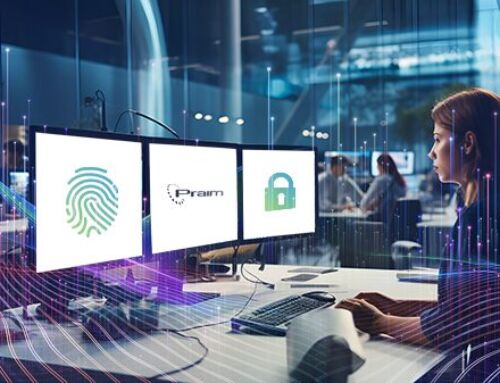Today’s industry is experiencing an extraordinary moment, in terms of evolution and efficiency of opportunities and potential for transformation enabled by the advent of new technologies that are now gathered under the umbrella of the so-called Industry 4.0.
This term, which represents the advent of a new Industrial Revolution, the fourth, encompasses a set of innovation and technological developments, all potentially competing in transforming today’s industrial processes from the very root, making them totally different from those of the past.
However, if taken as stand-alone, these new techniques or developments may seem like only promising “add-ons” to today’s factory, already highly automated/digitized and intelligent in its own way. For example, we talk about:
- Big Data and Analytics: where the acquisition, management and processing in real-time of a huge amount of data from machinery and the entire production process needs to transform and guide the future production processes in an intelligent way through targeted analysis.
- Advanced man-machine interaction: where, through technologically advanced and integrated interfaces of vision and interaction tools such as augmented reality, it’s possible to make the operator’s activity on the machines securer, more precise and efficient.
- Additive manufacturing: new high-efficiency incremental production systems, which using new materials, 3D modeling and digitalization, are able to support previously unimaginable customizations and production flexibility.
All enabled by advanced connectivity, simulation tools, Edge and Cloud computing to support computation, IoT, automation and advanced robotics and new, more sustainable and efficient energy supply sources.
But what represents the real keystone of the “4.0 Factory”, however, is the very high degree of interconnection between all these technologies, both with each other and with all the different sub-processes and systems in the same chain of production, from logistics to production, from design to order management and quality check. It’s this total interdependence conveyed by digital technologies that dictates the revolution and allows the creation of factories capable of self-diagnostic procedures, preventive maintenance, extreme customization and a fully integrated and real-time evaluation and analysis of efficiency.
But if the single innovation is “easily” introduced in itself, the real challenge for the industry will now be the ability to radically restructure, not only by acquiring new machinery or technologies, not only integrating them with new software and equipment but, above all, building new strategies, integrated and connected processes that require the transformation and renewal of all technological, human and organizational processes. Although we’re talking about a technological revolution, this challenge can therefore only start from the human factor, both in terms of design and of acquiring new skills and experiences.
As a result of the technological transformation, figures and roles in the company will change and it will be necessary to understand the strengths and risks of each different technology in order to build one’s own digitalized, interconnected and above all innovative production process. It can’t be a sudden and detailed transformation, but a gradual and integrated, to involve all company levels with new professionals, tools and procedures.
A clear example is the issue of security, which will have to pass from the protection of the human operator or capital to the integrated protection (made up of procedures and technologies) including information, corporate IT or cybernetic systems, strategic and intangible assets of the company (projects, models, strategic information, flows and connections essential for the correct functioning of the production chain). This will require the introduction of new skills especially in the IT sector, whether internal or external to the company, until yesterday rare and transversal support figures in the Manufacturing, tomorrow increasingly crucial and called to automate and make their activities more efficient, in order to support the technological transformation towards digital and consequently train all the other operators.
In fact, in parallel with the issue of security, those of efficiency, monitoring and remote control will also be called upon to intervene on every “gear” of the production chain and on every stage of the process, to make the industry fully automatable. This doesn’t only concern the machinery, but also any other element involved in production and which participates in or is interconnected with the factory systems. These include the company information system (for the management of orders, production data, operating instructions, etc.), the network infrastructure with its equipment and any device that’s integrated or on board the machine (workstation) to provide interactive or monitoring software support with the machinery to the operator. The management, maintenance and configuration/customization of these devices must also be automated so as not to burden the IT department and must be scalable and remotable in line with the Industry 4.0 paradigm.
Part of the evolution of 4.0 also lies in the intelligence linked to remote control and monitoring: the new production lines must integrate remote maintenance or at least remote diagnosis systems, which can be controlled remotely, and must provide for the continuous monitoring of the parameters of process.
As for IT tools, it is therefore essential to adopt uniform solutions, to allow maximum automation and efficiency in centralized and computerized management and solutions that also allow remote control and monitoring of all IT equipment. It’s not possible, in the digitalized and evolved factory of tomorrow, that the computers used in almost every phase of the production process become the point of greatest fragility in terms of security, efficiency or robustness (business continuity), as they are forgotten in terms of management and integration into automation processes.







